Today marks the 3036th day of HanKang Medicine accompanying you.
When TCM enthusiasts study Chinese herbal medicine, they often encounter terms like 清热泻火 (Qīng Rè Xiè Huǒ, Clearing Heat and Draining Fire) and 清热解毒 (Qīng Rè Jiě Dú, Clearing Heat and Detoxifying). Although the literal differences are minor, they know there is a distinction, but where exactly does the difference lie? The more they think about it, the more confused they become!
清热泻火 (Qīng Rè Xiè Huǒ)
(1) Concept: Clearing Heat and Draining Fire refers to the ability to clear and resolve the heat evil from the Qi level and the fire heat from the organs (also belonging to the Qi level), treating heat syndromes of the Qi level and organ fire heat syndromes.
(2) Symptoms: Heat syndromes of the warm disease at the Qi level manifest as “Four Great Symptoms”: high fever, profuse sweating, extreme thirst, and a strong, rapid pulse. Organ fire heat syndromes mainly refer to lung heat syndrome, stomach heat syndrome, heart fire syndrome, liver fire syndrome, and kidney fire syndrome.

(3) Representative Herbs: Gypsum (石膏, Shí Gāo), Anemarrhena (知母, Zhī Mǔ), Trichosanthes (天花粉, Tiān Huā Fěn), Gardenia (栀子, Zhī Zǐ), Reed Rhizome (芦根, Lú Gēn), Bamboo Leaves (淡竹叶, Dàn Zhú Yè), Selfheal (夏枯草, Xià Kū Cǎo), and Cassia Seed (决明子, Jué Míng Zǐ) (of course, almost every herb has additional effects beyond clearing heat and draining fire, which will be discussed later).
(4) Key Points to Remember: Clearing heat and draining fire involves cold herbs, which may have bitter and sweet flavors. Being able to clear heat and drain fire is their commonality, but the organs they affect and their additional effects vary.
Gypsum has a strong ability to clear heat from the lungs and stomach, earning it the nickname “White Tiger”! When stomach heat is resolved, thirst is alleviated.
Anemarrhena clears heat from the lungs and stomach, has a sweet flavor, and can generate fluids and nourish Yin, thus also clearing internal heat due to Yin deficiency.
Trichosanthes clears heat from the lungs and stomach, also has a mild sweet flavor, and can moisten dryness and transform heat phlegm.
-
Reed rhizome clears heat from the lungs and stomach, grows in water, has a mild sweet flavor, thus can generate body fluids and promote urination, and also helps clear heat pus from the lungs (a mnemonic association).
-
Bamboo leaves clear heat from the lungs and stomach and can be consumed as tea; drinking more tea can promote urination, thus alleviating heat and thirst caused by heart fire.
-
Gardenia is also a powerful herb and an important high-frequency TCM herb. It can drain fire from the upper, middle, and lower Jiao, especially adept at draining heart fire. Since the heart governs blood vessels, when heart fire is reduced, it can clear heat and cool the blood, and also clear heat and detoxify (as it is generally believed that heat toxins enter the blood). It can also drain heat from the lower Jiao, where damp-heat is often present (as water tends to flow downward), thus it has a function of clearing damp-heat.
-
Selfheal drains fire (think of Wang Laoji herbal tea), targeting the liver, thus clearing liver fire can brighten the eyes; when liver fire is cleared, breast swelling and pain can also be alleviated. Additionally, it treats 瘰疬 (luǒlì, scrofula), thus it can reduce swelling and dissipate nodules, which counts as its additional effect of clearing heat and detoxifying.
-
People with fatty liver should drink Cassia seed tea, as it clears liver fire and brightens the eyes. Although it is roasted Cassia seed, many people may experience slight diarrhea initially, indicating it can also moisten the intestines and promote bowel movements (contains anthraquinone compounds, similar to rhubarb).
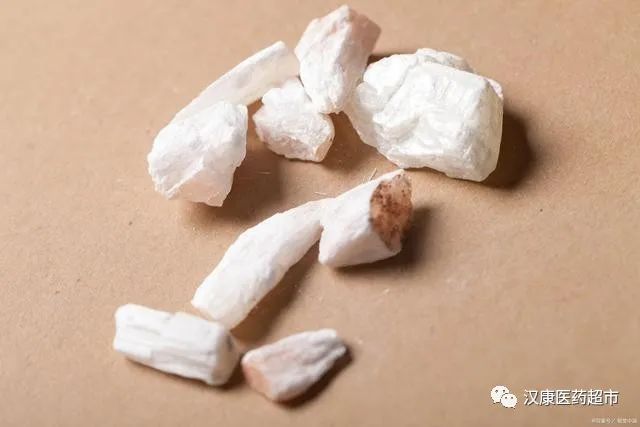
Gypsum
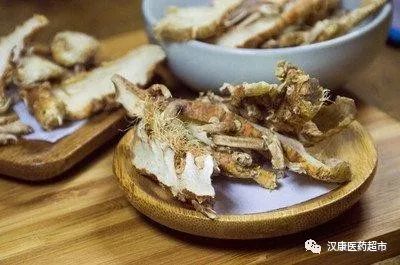 Anemarrhena
Anemarrhena
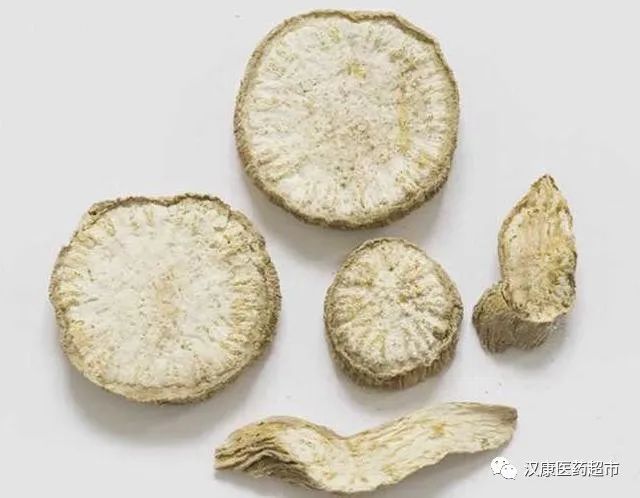 Trichosanthes
Trichosanthes
2. 清热解毒 (Qīng Rè Jiě Dú)
(1) Concept: Clearing Heat and Detoxifying refers to bitter-cold or sweet-cold herbs that can clear and resolve heat toxins, treating heat toxin syndromes. (Additionally, there is a term 泻火解毒 (Xiè Huǒ Jiě Dú, Draining Fire and Detoxifying), which is a combined term for clearing heat and draining fire and clearing heat and detoxifying, meaning: Draining Fire and Detoxifying = Clearing Heat and Draining Fire + Clearing Heat and Detoxifying).
(2) Manifestations: Heat toxin syndromes refer to a condition where fire heat pathogens accumulate into toxins, which is a general term for treating sores, erysipelas, and acute febrile diseases, i.e., abscesses, which modern medicine refers to as purulent diseases. Additionally, it includes warm diseases, heat toxin sore throat, heat toxin dysentery, and cancers.
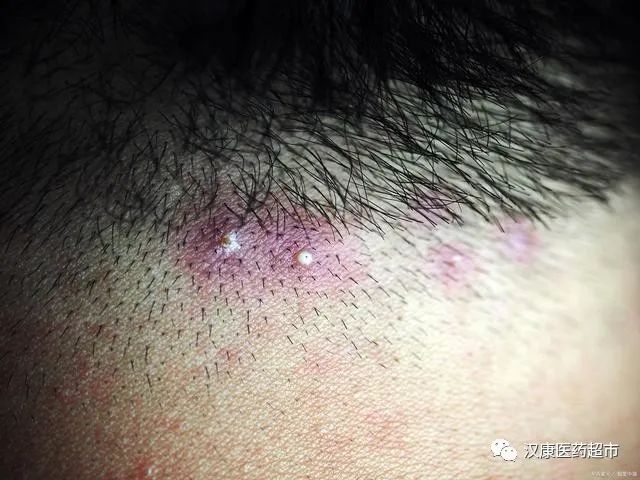
(3) Representative Herbs: Honeysuckle (金银花, Jīn Yín Huā), Forsythia (连翘, Lián Qiáo), Isatis (板蓝根, Bǎn Lán Gēn), Da Qing Ye (大青叶, Dà Qīng Yè), Guanzhong (贯众, Guàn Zhòng), Houttuynia (鱼腥草, Yú Xīng Cǎo), Dandelion (蒲公英, Pú Gōng Yīng), Smilax (土茯苓, Tǔ Fú Lìng), Bear Bile Powder (熊胆粉, Xióng Dǎn Fěn), Da Xue Teng (大血藤, Dà Xuè Téng), Purslane (马齿苋, Mǎ Chǐ Xiàn), Mountain Bean Root (山豆根, Shān Dòu Gēn), Mabo (马勃, Mǎ Bó), White Peony (白头翁, Bái Tóu Wēng), and Yadanzi (鸦胆子, Yā Dǎn Zǐ).
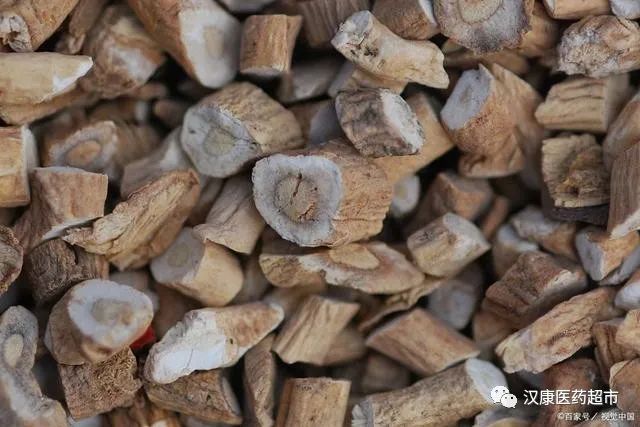 Honeysuckle
Honeysuckle
 Forsythia
Forsythia
 Isatis
Isatis
(4) Key Points to Remember:Clearing heat and detoxifying is a commonality, but the individual characteristics differ. Each herb, besides being able to clear heat and detoxify, has the following unique characteristics:
Honeysuckle is light and thin in quality, thus it can also disperse wind and clear heat to treat exterior heat syndromes. Think of the cold medicine Yin Qiao Jie Du, and you will understand.
Forsythia is a holy herb for sores, thus it excels in treating sores and abscesses caused by heat toxins. It is also light and thin in quality, and together with honeysuckle, they are known as the “Yin Qiao” duo, thus it can also disperse wind and clear heat.
-
When experiencing a sore throat due to heat, one often thinks of drinking Isatis granules. It clears heat and detoxifies while also cooling the blood and benefiting the throat.
-
Da Qing Ye is the leaf of Isatis, and its light and thin quality allows it to clear heat toxins causing skin rashes. Thus, Da Qing Ye clears heat and detoxifies, cooling the blood and eliminating rashes.
-
Qing Dai is the upper thin substance of Da Qing Ye after being soaked in lime, and it is more potent. Its effects include those of Da Qing Ye, plus it can treat convulsions caused by excessive heat disturbing the liver, adding the effect of “clearing heat and calming convulsions.”
-
Dandelion excels at clearing liver and stomach heat toxins and damp-heat, particularly in treating breast abscesses (as TCM closely relates the liver and breasts).
-
Houttuynia excels in treating lung abscesses with phlegm and lung fire irritating the throat; when lung fire is cleared, the throat feels more comfortable (think of the currently popular Jin Di oral liquid, which features Houttuynia).
-
White Peony is often used to treat damp-heat dysentery, which is not as effective as Huang Lian, thus it is not a high-frequency herb.
-
Smilax clears heat and promotes urination; it was used in ancient times to treat syphilis and mercury poisoning, but is rarely used today.
-
Bear bile powder mainly belongs to the liver channel, calming convulsions and brightening the eyes (bear bile eye drops), but it has many uses and is limited due to its high cost and rarity, thus it is a low-frequency herb.
-
Patrinia and Da Xue Teng are often used for intestinal abscesses and can invigorate blood and resolve stasis; they are often used together, but their power is not strong, and their characteristics are not distinct, thus they are low-frequency herbs.
-
Yadanzi is mainly used externally to treat warts, thus it is relatively niche.
-
Mountain Bean Root and Mabo are often used to treat throat pain caused by heat toxins, but their applications are not widespread.
3. Summary:
The key point is to clarify the concepts and symptom manifestations of various “clearing heat” terms.
For each representative herb in the groups, combine practical life experiences and associations to remember their unique effects. The main herbs to focus on are actually the frequently used star herbs like Gypsum, Isatis, Forsythia, and Honeysuckle, while others can be understood generally.

References: Zhang Tingmo, An Analysis of Some Experiences in Teaching Clearing Heat Herbs in Clinical Chinese Herbal Medicine
It is not easy to compile this; if the above content is helpful to you, I hope to receive your comments and feedback. If everyone enjoys reading, I will continue to organize concepts that are easily confused in the “clearing heat” family, such as “clearing heat and drying dampness,” “clearing heat and cooling blood,” and “clearing empty heat”!


